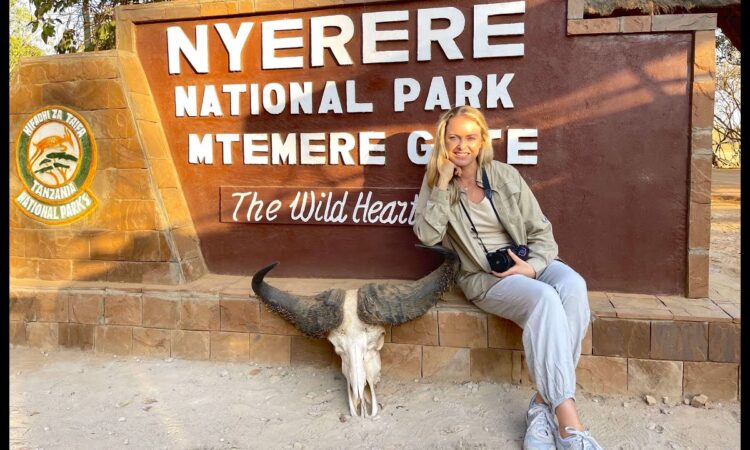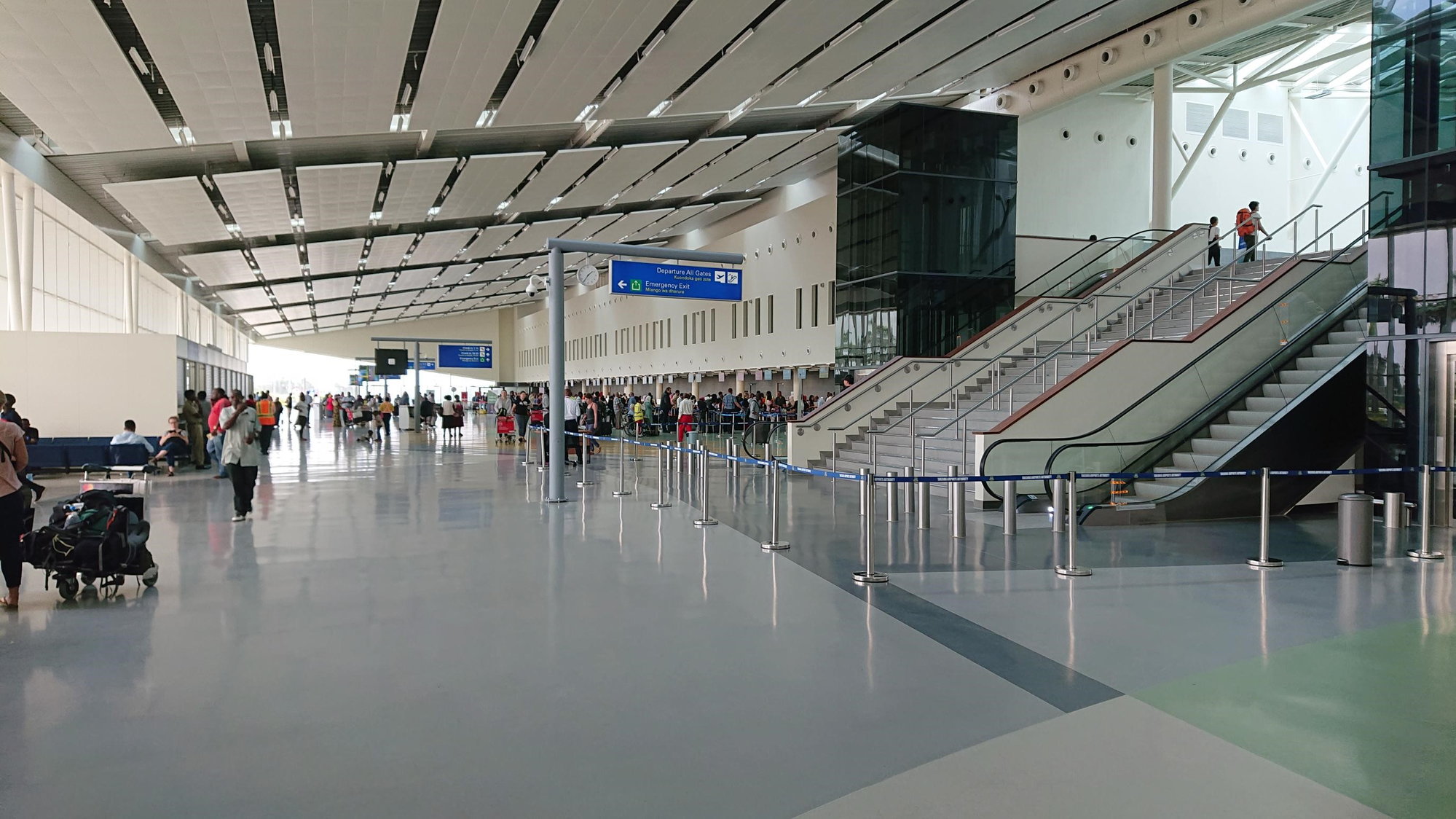8 Facts About Nyerere National Park: Nyerere (previously Selous Game Reserve) is one of the best wildlife destinations in Tanzania. Yet, it remains unknown to many tourists, giving you the chance to explore the wildlife on your own. Once you visit it, you’ll realize that there’s much to see there. In this article, we’ll unveil 8 interesting facts about Nyerere National Park. Let’s start.

1. Nyerere is Africa’s largest national park.
Nyerere is 30,393 square kilometers in size, making it the largest park not only in East Africa but also in Africa. The park harbors a diverse range of habitats, from open plains to riverine forests, which welcome more than 300 animal species.
The park beats other big parks like Kruger National Park (South Africa), Etosha National Park (Namibia), Kafue National Park (Zambia), Tsavo National Park (Kenya), and Serengeti National Park (Tanzania).
2. Nyerere is home to the Big Five.
Probably not famous, but this beautiful park hosts all the Big Five animals. Most guests seeking to spot these sought-after animals usually head to the Serengeti or Ngorongoro Crater, leaving Nyerere untouched.
This park has a large concentration of lions, buffalo, and elephants. Leopards are also available, though they require special attention to spot due to their elusiveness. The black rhino is extremely rare, but available. This huge prehistoric animal is solitary and usually spends its time in hideouts like shrubs. But with an experienced guide, you can locate the black rhino.
3. Nyerere is the most scenic park in Tanzania.
If you want a beautiful place to shoot a wildlife documentary or take pictures, Nyerere has a place for you. Winning the award for the most scenic park in Africa was no easy feat. The display of nature at its purest form and the fact that it receives few visitors allows it to maintain its raw beauty.
Nyerere comprises striking riverine forests along the Rufiji River. And you can watch beautiful landscapes on a balloon flight or while you’re on a boat or canoe ride along the Rufiji.
4. Nyerere has the largest population of hippos.
The rivers and wetlands within Nyerere National Park harbor an incredible population of hippos. You can see them basking in the sun in the morning. These creatures are a special treat during the night safari because they come out of the water to graze.
Hippos in this park form large pods of up to 30 near water pools. Watch them emerge from the water like ‘ghosts’ as you drive on a night game drive.
5. Nyerere is home to the Rufiji River.
This giant river serves as the lifeline of Nyerere, attracting many animals close to its banks. You can see plenty of wildlife around this river. These include wildebeest, zebra, lion, buffalo, elephant, and gazelle. The river also hosts hippos, crocodiles, and water birds.
Boat safaris are rare in most East African parks. They are common in island parks. Nyerere stands out as one of the perfect inland parks to offer boat cruises throughout the year. Start the morning and afternoon driving in the pristine forests and conclude your day with a sunset boat cruise.
6. Nyerere is home to an incredible population of African wild dogs.
Wild dogs are very rare in most northern parks, and locating these painted hunting dogs is a special treat. But the Nyerere has an incredible number of these canines.
Wild dogs live in groups called packs, which can be of any size between 15 and 20. These predators collaborate during hunting, and this technique makes them the most successful predators. Their success rate is about 95%.
The African wild dogs used to hunt in large packs in the African jungle. But a disease wiped their population in the 1990s causing them to be of the endangered species.
7. The closest airport to Nyerere is the Julius Nyerere International Airport
Unlike northern parks whose travel gateway is Arusha, the Nyerere is easily accessible from Dar es Salaam. The closest international airport is the Julius Nyerere (DAR), which has many flight connections with Europe, Asia, and the Americas.
The best way is to fly from Dar es Salaam to any of its airstrips: Mtemere, Kiba, Beho Beho, and Siwandu. Another way is by driving. The distance from Dar es Salaam is approximately 300 kilometers, which takes 6 to 8 hours of driving.

8. The name “Nyerere.”
Nyerere is not new to the list of protected areas in Tanzania. Earlier, before it was declared a national park, it was called Selous Game Reserve, which was Africa’s largest game reserve at the time.
The government redesignated the northern section of the reserve as a national park in 2019. The park now bears the name of the country’s first president, Mwalimu Julius Kambarage Nyerere.
So, to clear the air, there’s still Selous Game Reserve and Nyerere National Park. The former spans about 19,000 square kilometers in the south, and the latter spans about 30,393 square kilometers in the north.
The bottom line
Discovering hidden gems is a unique way to experience Tanzania. For a quieter experience, come and visit this scenic park. Our expert safari planners are here to help you plan your next adventure.


